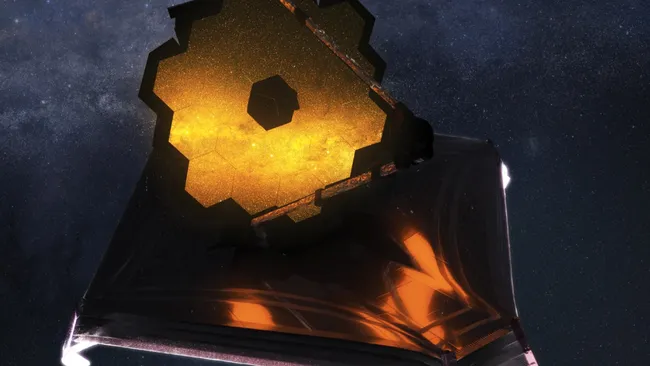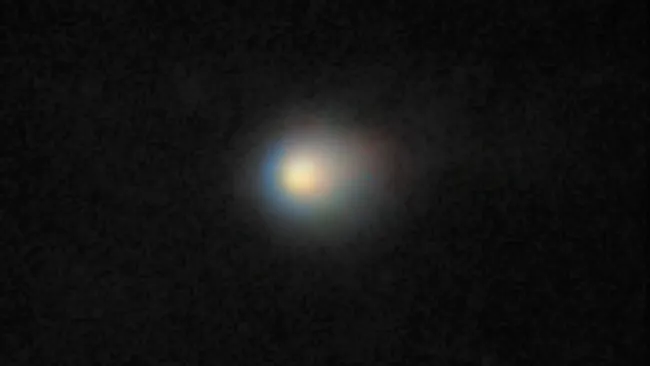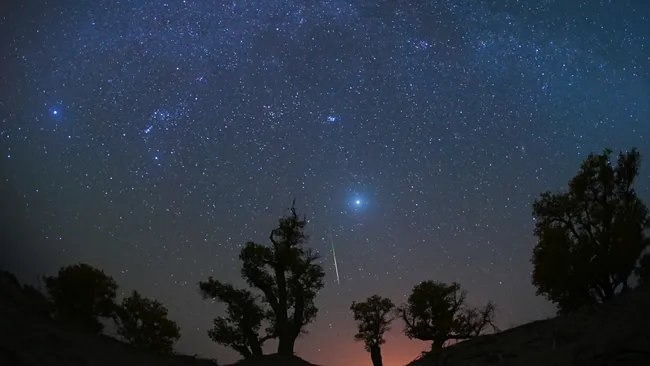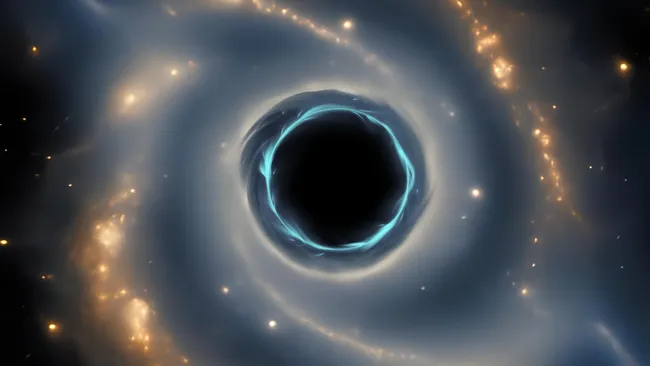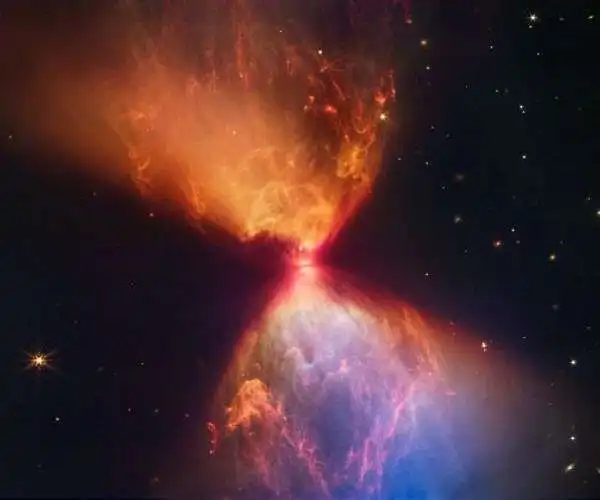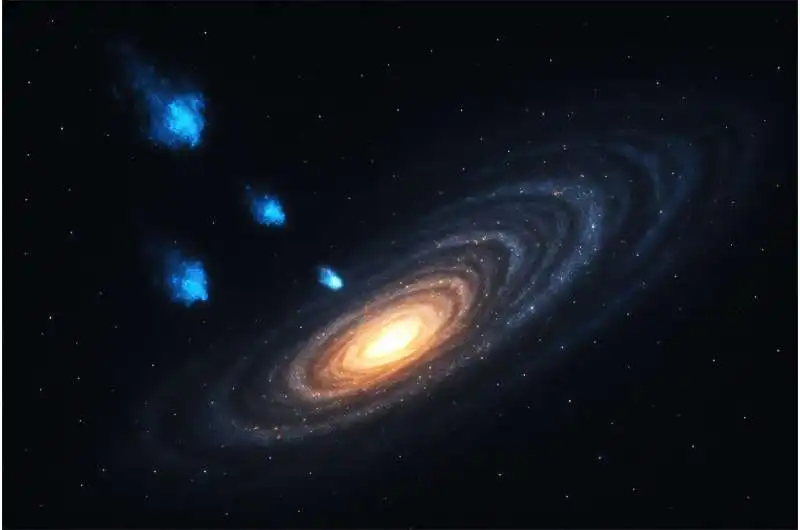In a groundbreaking leap for exoplanet science, NASA’s James Webb Space Telescope (JWST) has peered into one of the Milky Way’s harshest stellar nurseries and made a startling discovery: planets can still form even under the galaxy’s most punishing ultraviolet radiation.
The findings, published May 20 in The Astrophysical Journal, challenge the long-held belief that intense UV environments inhibit planet formation. Instead, astronomers now believe that planetary systems—possibly even Earth-like worlds—can emerge in places once thought too hostile to host them.
A Harsh Cradle: XUE 1
The international team of scientists zeroed in on XUE 1, a protoplanetary disk surrounding a young star located 5,500 light-years away, awash in UV radiation far beyond anything the solar system has experienced.
“If XUE 1 were placed in our solar system, it would be exposed to 100,000 times less UV light than it currently is,” said Bayron Portilla Revelo, lead author and postdoctoral researcher at Penn State University.
Despite this, XUE 1 has retained its planet-forming disk—an astonishing revelation made possible by JWST’s mid-infrared vision using its MIRI instrument.
[Video]
The Science Behind the Discovery
The research team, including astronomers from Penn State and Germany’s Max Planck Institute, used thermochemical computational modeling to decode JWST’s data. This method simulates the behavior of light, heat, and chemical reactions in the disk, allowing them to estimate its temperature, density, and composition.
Although data on XUE 1 was limited, the model produced synthetic light spectra that matched JWST observations, revealing that even in this UV-bathed zone:
- The inner disk region, where rocky and potentially habitable planets form, remains shielded from harmful radiation.
- Water vapor—a key ingredient for life—still exists inside the disk.
“Our model indicates that the inner zone, where Earth-like planets form, is largely untouched by damaging UV rays,” Portilla Revelo explained.
Rewriting the Rules of Planet Formation
“This study gives us a new perspective,” said co-author María Claudia Ramírez-Tannus. “We’re now seeing that even hostile regions may not be as barren as once feared. Planet formation may be far more resilient.”
JWST’s unique sensitivity allowed astronomers to observe faint protoplanetary disks in distant regions, a task previously out of reach for Hubble or Spitzer.
A New Era in Stellar Nursery Exploration
Astronomers are now rethinking where life-friendly planets might arise. “By examining more of these high-radiation regions,” said Konstantin Getman, “we can better understand how different types of stars shape their planetary systems.”
As JWST continues to gaze into our galaxy’s most intense stellar nurseries, discoveries like XUE 1 redefine what’s possible—and where we might one day find life.

